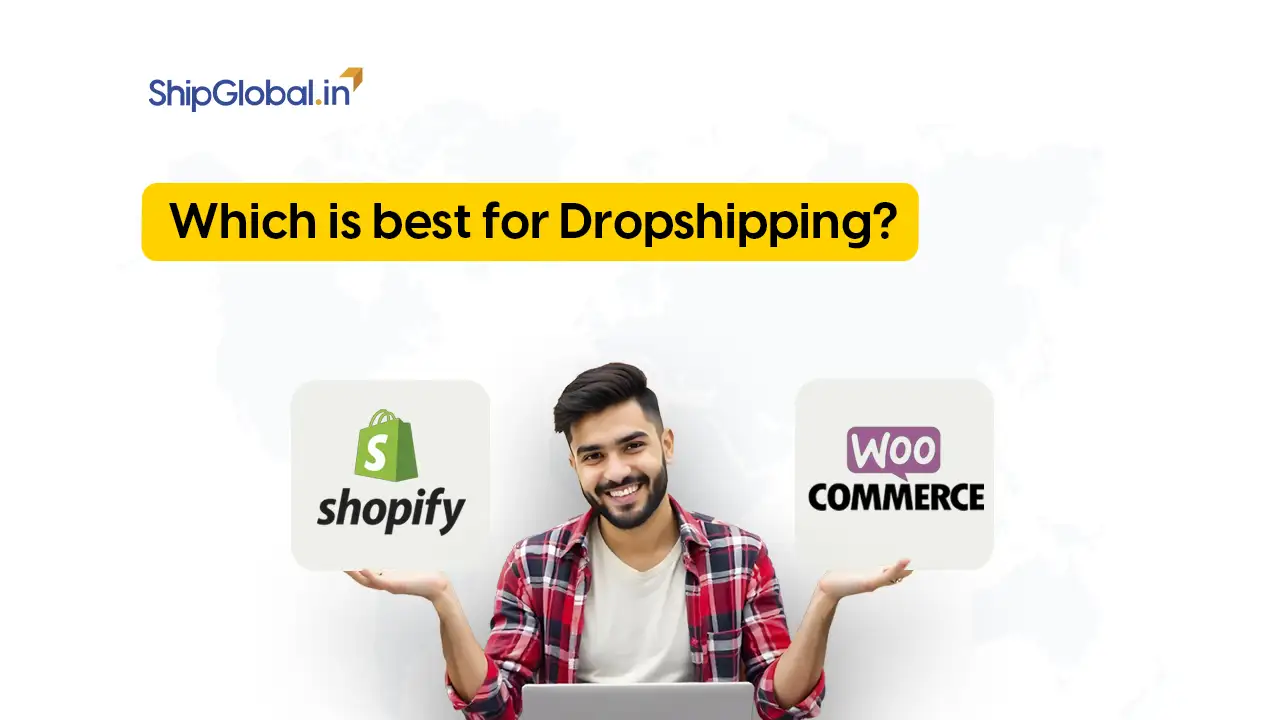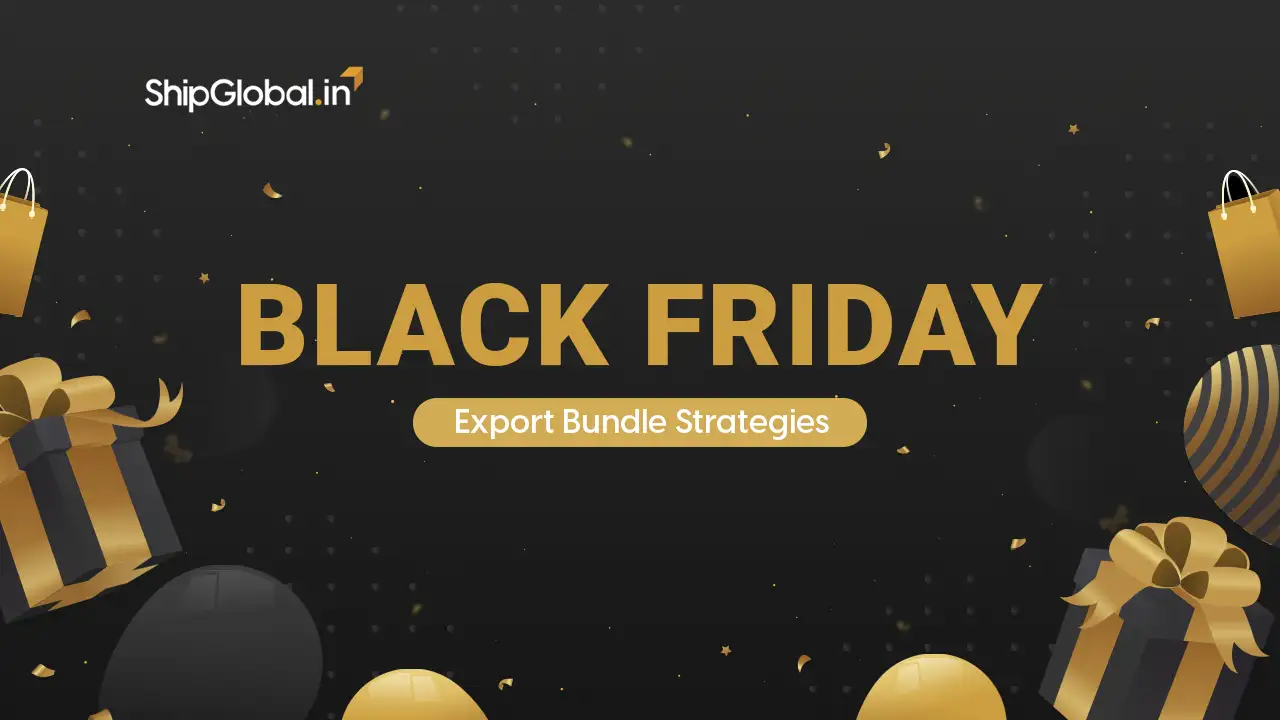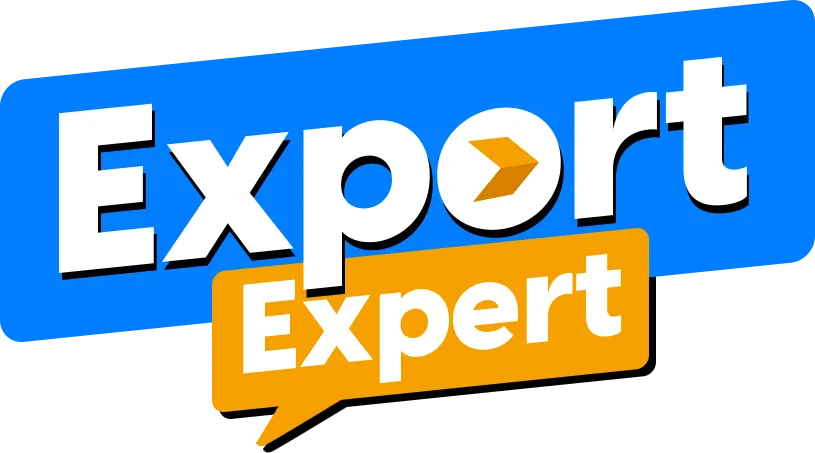So, you’re thinking about diving into eCommerce, but you’re stuck on one big question: Should I go with Private Labeling or Dropshipping? Maybe you’ve even heard about wholesale options, too. No worries – we’re going to break it all down for you so that you can figure out what fits your vibe, budget, and long-term goals.
Let’s talk Private Label vs. Dropshipping, and help you pick the best route for your online hustle.
Getting the Basics Straight
What is Private Labeling
Private labeling means you take a product that’s already made by a manufacturer and slap your branding on it. But it’s more than just a logo – you get to customize packaging, tweak formulas or features, and make the product feel 100% yours. Think of it like cooking someone else’s recipe but plating it your way and calling it your signature dish. You’re usually buying in bulk here, which means you’ll need to handle inventory management and storage, but you’ve got full control.
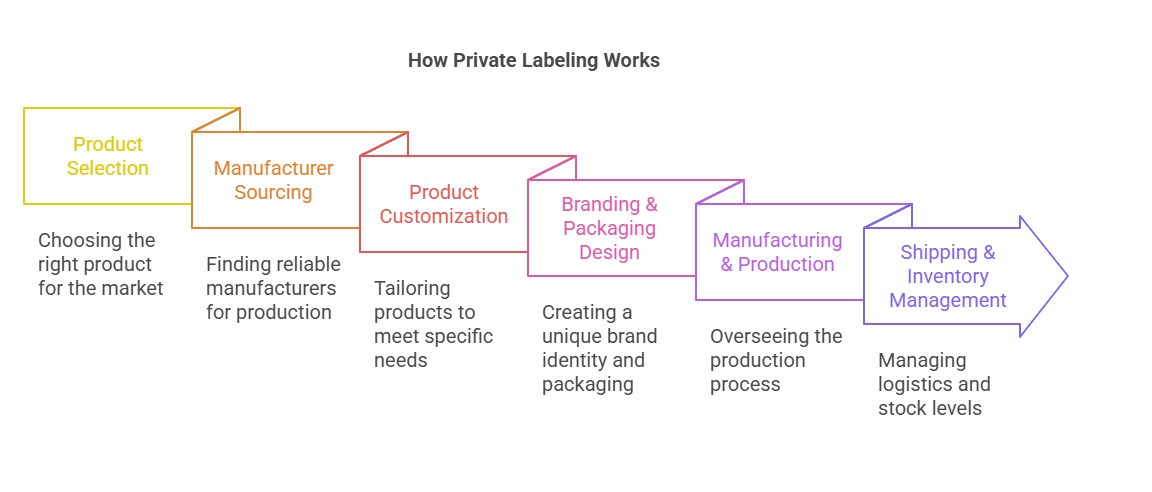
What is Dropshipping?
Dropshipping is kind of the opposite. You don’t touch the product at all. When someone places an order on your site, it goes straight to your supplier, who ships it directly to the customer. You don’t need to worry about inventory, packaging, or fulfillment. It’s super beginner-friendly and low-risk in terms of money upfront, which is why it’s so popular.
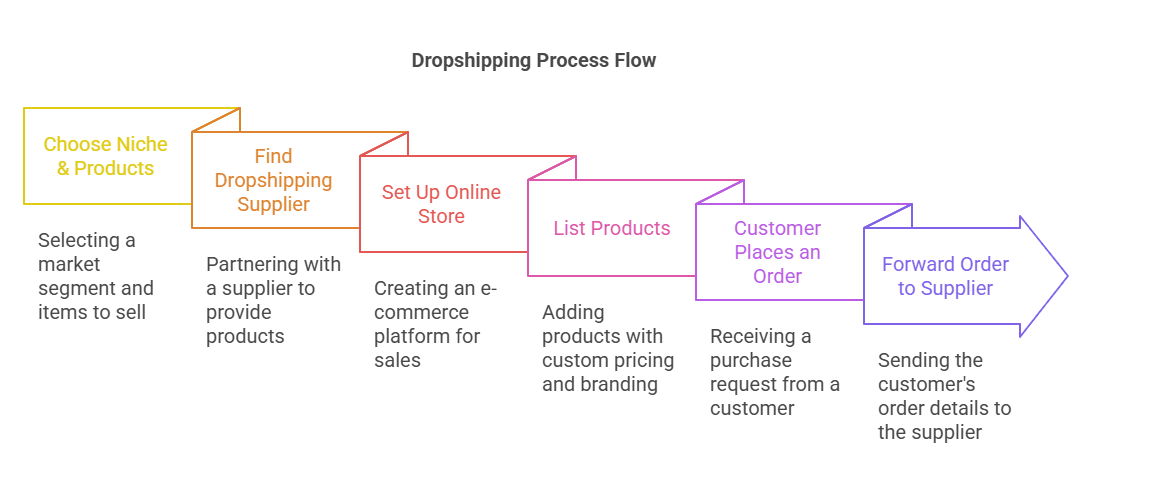
Private Label Vs. Dropshipping: Let’s compare
Branding and Customization
- With private labeling, you’re in full control. From the logo and packaging to the product design itself, you can tailor everything to match your vision.
- Dropshipping gives you far less flexibility. Most products are pre-made and used by lots of sellers, so it’s harder to stand out unless you get creative with marketing.
Startup Costs and Investment
- Private labeling does require a larger investment upfront. You’ll need to pay for inventory, custom packaging, maybe even product development.
- Dropshipping is low-cost to launch. No bulk buying. No warehousing. All you need is a website and a good supplier.
Profit Margins
- You can enjoy higher profit margins with private labeling because you’re offering a unique product that customers are willing to pay more for.
- Dropshipping margins are typically thinner. You’re competing with others selling the same product, often at rock-bottom prices.
Inventory Management
- With private labeling, you’ll need to stay on top of your inventory, knowing when to reorder, how much to keep on hand, and where to store it.
- Dropshipping takes that burden off your shoulders. Your supplier handles all the stock. But keep in mind, if they run out, so do you.
Risk
- Private labeling is riskier financially. If your product doesn’t sell, you’re stuck with unsold inventory.
- Dropshipping is lower risk. You only buy a product after a customer has already paid for it.
Fulfillment Process
- If you go the private label route, you (or a third party logistics partner) handle fulfillment. That means more control over packaging and shipping speed.
- In Dropshipping, the supplier handles fulfillment. Convenient, yes – but you’re also putting a lot of trust in them to deliver a great customer experience
Supplier Relationships
- With private labeling, you build deeper relationships with manufacturers. This can lead to better pricing, consistent quality, and more room to grow.
- Dropshipping suppliers usually serve a lot of businesses, so the relationship is often more transactional.
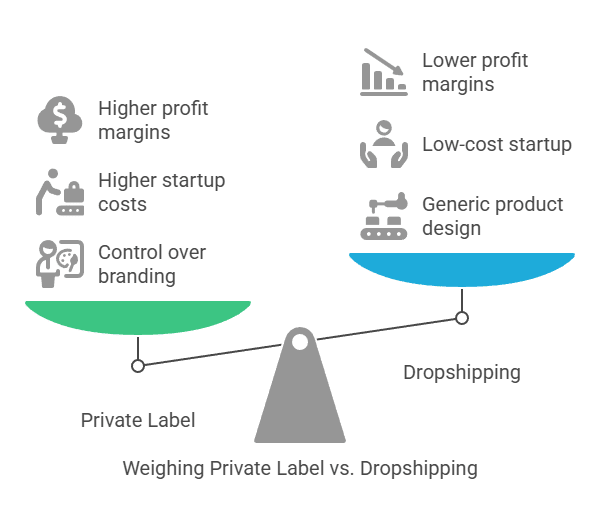
Pros and Cons of Each Model
Private Labeling
Pros
- Full control over branding/Customization: You decide how your product looks, feels, and is experienced by customers. That’s a powerful tool when building a memorable brand. From packaging to messaging, every detail is yours to design.
- Higher profit margins: Since you own the branding and the product is unique, you can price it higher and increase your margins significantly compared to reselling generic items.
- Brand Loyalty and customer retention: With a unique product experience, customers are more likely to return for repeat purchases and recommend your brand to others. Over time, this builds a solid customer base.
- Scalability: As your brand grows, you can expand your product line, introduce variations, or even negotiate better deals with your manufacturer.
Cons
- High startup costs/investment: Manufacturing, branding, packaging, and bulk purchasing require a significant upfront investment, which can be a barrier for newcomers.
- Inventory management challenges: You’ll need space to store products, systems to track stock levels, and plans for restocking or liquidating unsold items.
- Financial risk: If your products don’t take off, you’re left with inventory that may be hard to move, especially if it’s custom-made.
- Longer time to market: From sourcing and prototyping to production and shipping, getting a private label product ready to sell can take weeks or even months.
Dropshipping
Pros
- Low startup costs: Since you’re not paying for inventory up front, you can get started with minimal capital. It’s ideal for beginners who want to test the waters.
- No need for inventory management: No warehousing, no logistics, no packing. Your supplier handles all of it.
- Easy to test products and niches: You can list and remove products quickly based on market trends without financial loss, making it great for experimenting.
- Location flexibility: Since you’re not tied to any physical inventory, you can run your business from anywhere – home, a coffee shop, or even while traveling.
Cons
- Limited branding/customization: Most dropshipped products come as-is, with no ability to customize the design or packaging. That makes brand-building harder.
- Lower profit margins: Because many sellers may be offering the same product, competition drives prices (and your profits) down.
- Less control over shipping and fulfillment: You rely entirely on your supplier to get orders right and deliver on time. Any mistake they make reflects poorly on your brand.
- Potential stock and quality issues: if your supplier runs out of stock or sends defective items, you’re the one who has to deal with the unhappy customer.
So, Which One is Right for You?
Choose Private Labeling if:
You’re ready to build a unique brand, have some money to invest, and want full control over your product. If you’re playing the long game and want to stand out in a competitive market, private labeling might be the way to go.
Choose Dropshipping If:
You’re just starting, want to test the waters, or prefer a simpler setup. Dropshipping lets you focus on marketing and sales while someone else handles the back-end stuff.
Can You Use Both Models Together?
Definitely. A lot of successful brands start with Dropshipping to test what sells. Once they find a winning product, they switch to private labeling to improve their branding, boost profit margins, and have more control. It’s a smart way to grow while managing risk.
Final Thoughts: Private Label vs Dropshipping
There’s no one-size-fits-all answer here. It comes down to your goals and resources:
- Go with private labeling if you’re ready to build a brand and scale big.
- Stick with Dropshipping if you want low commitment and quick setup.
Either way, both models can lead to success. What matters most is taking action, learning as you go, and always focusing on delivering value to your customers.
Next Steps: Think about what kind of business you want to build. Do your research, talk to potential suppliers, and start small if you need to. Whether you go with private labeling or Dropshipping, the best time to start is now.
FAQs
Absolutely. Many sellers start with dropshipping to test which products sell best. Once you have data and know what works, you can invest in private labeling to improve branding and increase profit margins.
Dropshipping is generally better for beginners because it has lower startup costs and minimal risk. You can learn the ropes of e-commerce without a large investment.
You’ll need more capital to start private labeling compared to dropshipping. Costs include inventory, packaging, shipping, and sometimes even product development.
For dropshipping, platforms like AliExpress, Spocket, and Oberlo are common starting points. For private labeling, consider using sourcing platforms like Alibaba and communicating directly with manufacturers to build strong relationships.
In most cases, branding is limited with dropshipping. However, some suppliers offer white-label or custom packaging options at an extra cost.
Private labeling can offer profit margins of 40–60% or more, depending on the product. Dropshipping margins are usually lower, around 10–30%, because of increased competition and limited customization.



